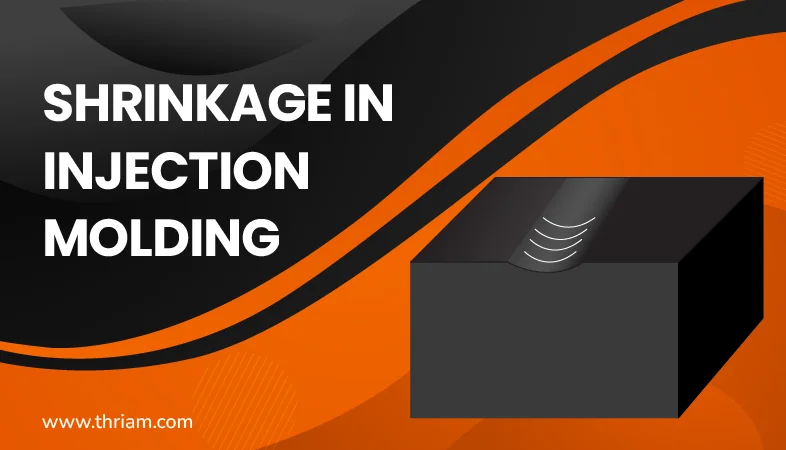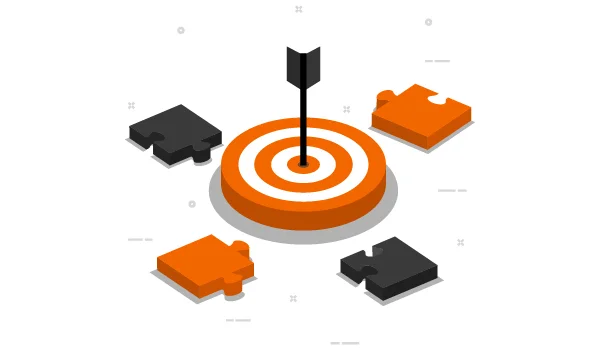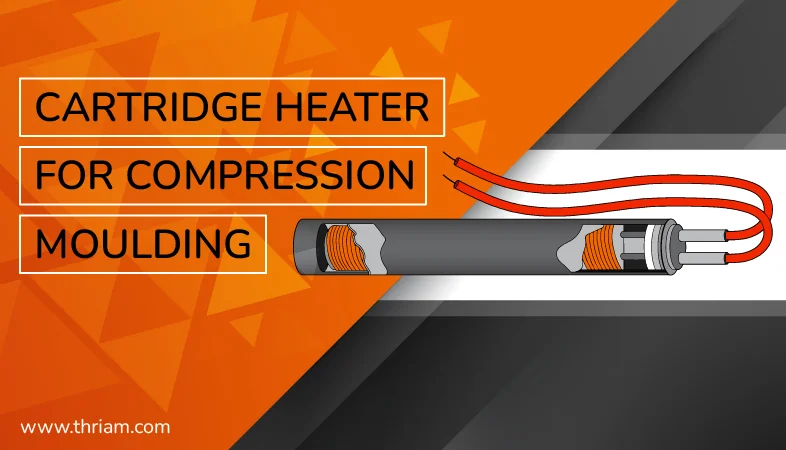Understanding and Controlling Shrinkage in Injection Molding

Introduction:
Shrinkage is a common phenomenon in injection molding, which refers to the reduction in the size or volume of a plastic part after it solidifies and is ejected from the mold. It occurs due to two main factors: cooling shrinkage and plastic shrinkage.
Cooling shrinkage happens when the material thermally contracts during the cooling phase after it is injected into the mold. Plastic shrinkage is caused by the solidification of molten plastic material as it cools, resulting in a reduction in volume.
Shrinkage may cause various defects in the parts, such as warping, dimensional inaccuracy, sink marks, and other surface imperfections. These defects can result in product failure and rejection rates, thereby increasing overall manufacturing costs.
The key to minimizing shrinkage is understanding the chief factors that influence it, such as material choice, mold design, gate location, and process conditions, and employing effective strategies for compensation. Through the use of design optimization software and other tools, injection molders can improve their production processes and reduce the occurrence of shrinkage-related defects.
In this blog, we will delve into the concept of shrinkage, explore its causes, discuss its impact on part quality, and provide strategies to minimize shrinkage in the injection molding process.
I. Causes of Shrinkage:
Shrinkage is a common issue faced in injection molding, and understanding its causes is crucial for producing high-quality plastic components. Shrinkage occurs due to a combination of factors, including cooling shrinkage, plastic shrinkage, and residual stress.
Cooling shrinkage happens during the cooling phase after the plastic material is injected into the mold. As the material cools, it undergoes thermal contraction, resulting in a reduction in size and volume.
Plastic shrinkage, on the other hand, occurs due to the solidification of the molten plastic material as it cools and transitions from a liquid to a solid state. This solidification process leads to a decrease in volume and can result in dimensional inaccuracies in the final part.
Residual stress is another significant factor contributing to shrinkage. It is caused by non-uniform cooling and the flow of the material within the mold cavity. Residual stress can lead to warping and distortion in the molded part, affecting its overall quality and functionality.
Other factors that can influence shrinkage include the moisture content of the resin, injection speed, mold temperature, and gate location. Moisture content in the resin can affect the material's behavior during cooling, leading to increased shrinkage. Injection speed can impact the flow and cooling process, while mold temperature and gate location can affect the overall cooling and solidification of the material.
To minimize shrinkage, manufacturers can take several measures. These include optimizing cooling strategies, such as incorporating cooling channels and using temperature control systems, to ensure uniform cooling and minimize shrinkage rates. Proper gate placement is also crucial to control the flow and solidification of the material within the mold. Adjusting process parameters, such as injection speed and mold temperature, can also help manage shrinkage.
II. Effects of Shrinkage on Injection Molding:
Shrinkage can have a significant impact on the quality and performance of injection-molded parts. One of the most significant effects of shrinkage is the loss of dimensional accuracy and stability in the molded part. This can lead to warping, distortion, and misalignment in the final product, impacting its overall quality and performance. In addition, shrinkage can result in surface defects such as sink marks, voids, and surface cracks.
Shrinkage can also affect the mechanical properties of the material. As the material cools and solidifies, internal stresses are formed, leading to a decrease in the mechanical properties of the material. This can affect the strength, stiffness, and impact resistance of the final product, leading to premature failure or decreased durability.
The economic impact of shrinkage cannot be overlooked. Excessive shrinkage can lead to additional processing steps, increased time to market, and production delays, all of which can significantly increase the overall production costs.
To mitigate the effects of shrinkage, manufacturers can take several measures. These include proper material selection, gate location optimization, mold design optimization, and process optimization. Properly designing the mold and adjusting the process parameters can help ensure uniform cooling and prevent the formation of internal stresses and shrinkage. Reducing the gate size and adjusting injection speeds can also help to minimize shrinkage rates.
III. Strategies to Minimize Shrinkage:

To minimize shrinkage in injection molding, several strategies can be employed. For plastic shrinkage, proper gate placement is crucial, as it affects how the material flows and solidifies within the mold. Additionally, optimizing cooling strategies, such as incorporating cooling channels and using temperature control systems, can help reduce cooling shrinkage. Advanced tools and techniques, such as simulation software and process optimization, can also assist in analyzing and optimizing molding conditions to minimize shrinkage. By implementing these strategies, manufacturers can improve part quality and reduce the occurrence of shrinkage-related defects.
IV. Conclusion:
In conclusion, shrinkage is a common challenge faced in injection molding. It is caused by plastic shrinkage and cooling shrinkage, which can impact part quality and performance. By understanding the causes of shrinkage and its effects on injection molding, manufacturers can implement strategies to minimize it. Through proper design considerations, material selection, and process optimization, shrinkage can be controlled, leading to the production of high-quality, dimensionally accurate plastic components. As the injection molding industry continues to advance, a deeper understanding of shrinkage and its management is vital to ensure efficient and effective manufacturing processes.
By following these strategies and staying updated with the latest advancements in shrinkage control, manufacturers can overcome this challenge and achieve successful injection molding results.
Remember, shrinkage is not an insurmountable obstacle. With the right knowledge, tools, and techniques, injection molders can effectively manage this phenomenon and produce consistently high-quality products.



